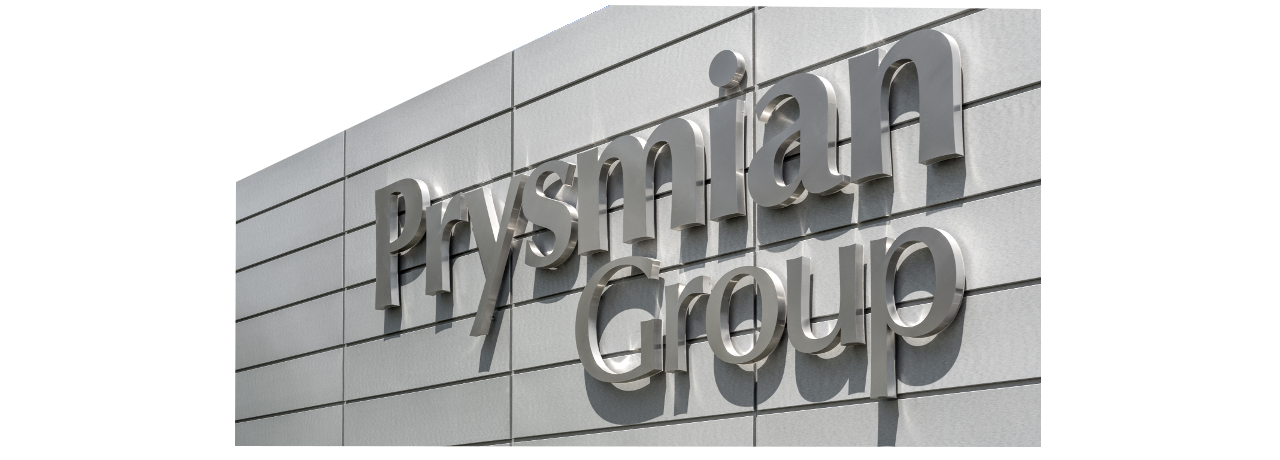Objectif Fibre – to support FTTH development
Interview with J. P. Bonicel, Chairman of Objectif Fibre talking about broadband networks & development.
In recent years European countries have launched a series of projects to develop faster broadband networks and facilitate internet access by the entire population. In this interview with Jean Pierre Bonicel, the Chairman of Objectif Fibre (http://www.objectif-fibre.com), we talk about France and its important project for 2013-2022 known as Plan France Très Haut Débit.
What is Objectif Fibre and how does it work?
Objectif Fibre is a French platform created in 2009 at the initiative of the four main federations, representing the optical fibre industry in France and with an overall workforce of some 800 000 employees. It is open to all players currently involved in the deployment of optical fibre networks, with the aim of addressing operational blockers, producing practical tools to implement FTTH networks and enabling mass deployment and development of fibre optics.
What is the current state of play regarding FTTH networks in France?
France launched a National Broadband Plan in 2013 known as Plan France Très Haut Débit that aims to deliver high-speed fibre-based broadband across the nation within a decade. The plan is for the state to lay new cable in the country's extensive rural areas -- at least 24% of its 65 million citizens live outside major cities -- and for it to ask local government and suppliers to serve as partners in medium-size cities and metropolises. The overall investment will be at least 20 billion euros.
Why is High-speed broadband so important for a country’s future and its economy?
President François Hollande gave the best explanation when he said that “High-speed broadband will strengthen the competitiveness of our companies and the quality of our public services. It is an opportunity to preserve and develop employment." It is a mixed state-industry approach that can be compared with other initiatives around the world such as in New Zeeland or in the UK.
How can Objectif Fibre help France in this ambitious project?
Numbers about fibre optic cable installations are positive: cable installation jumped from 4 to 6 million km in one year (2013-2014), with a +15% increase projected in 2015. But we need to almost double this rate to meet the target for 2022. Our Summary of key elements for Prospective Technical Support has quantified the requirements to meet the goal: more than 40,000 employees must be mobilised to ensure full deployment, 31,650 technical training courses would be needed to support the skills growth of these new recruits, and 47 technical support centres at a national level would be needed in two to three years to accompany the growth in demand for training.
Objectif Fibre is following all these objectives in close collaboration with Agence du Numérique/ Mission Très Haut Debit (www.francethd.fr ) managed by Antoine Darodes.
What are the latest initiatives launched?
We are working to publicise the importance of high quality products. We have worked with Sycabel on the creation of the “CABLE de FRANCE” label with the purpose of not only informing customers about products produced in France by companies which defend quality and employment, but also promoting cables produced in France on the French market. Furthermore during a special event last November we launched a New Guide written and released on Shared Aerial Optical Local Loop – BLOM, “Boucle Locale Optique Aérienne Mutualisée”, to bring fibre closer to the end user, from SRO to the demarcation point.
One of the key issues is to promote standardisation of all the FTTH passive optical networks around the country regardless of which operator or contractor is in charge of construction. This is the only way to have a reliable network with reduced OPEX and an expected life of more than 30 years.
What is the role of Prysmian within Objectif Fibre?
Apart from me being Chairman of this organisation, Prysmian has made a major contribution to the writing of the Guide, both directly and through SYCABEL. During the event in November Prysmian also had a demo stand and was the only representative present with a complete range of products, from preforms and raw fibre, to optical cables and connectivity.
What do you expect for the future?
Above all, I would like to underline the importance of taking care of the quality of construction of future infrastructure. This quality can only be achieved if we have good national coordination to standardise the architecture of our infrastructure, to standardise passive components, in other words the industrial products constituting the infrastructure (fibre and types of fibre optical cables, connectivity), to use quality passive components and, last but not least, to standardise the implementation process , which means effectively training in terms of architecture and materials for staff that install infrastructure.



